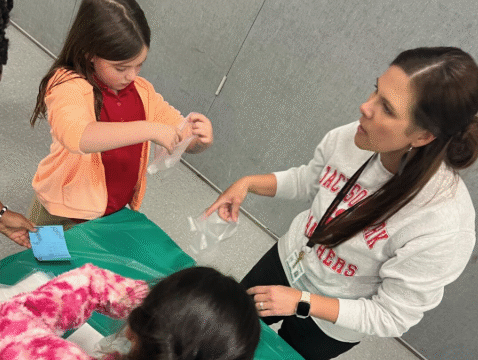In the dynamic world of education, successful leaders must not only guide others but also continuously examine their own growth. Reflective leadership is the practice of intentionally analyzing decisions, behaviors, and outcomes to improve effectiveness. Leaders who reflect regularly foster a culture of learning, build stronger relationships, and model the mindset they hope to instill in their teams.
The Power of Self-Awareness in Leadership
Self-awareness is at the heart of reflective leadership. By understanding their own values, strengths, and areas for growth, leaders make more intentional decisions. Reflective leaders take time to ask, “What impact did my actions have?” and “How can I improve next time?” This clarity strengthens confidence and decision-making.
Create Time and Space for Reflection
Busy school schedules can make reflection challenging. However, setting aside regular time—even just a few minutes each day—can make a significant difference. Leaders might journal, engage in quiet thought, or discuss their reflections with a trusted colleague or mentor. Carving out reflection time ensures it becomes a habit rather than an afterthought.
Use Tools to Guide the Process
Leadership reflection can be supported with structured tools. Reflection journals, leadership rubrics, feedback forms, and guided questions can help leaders focus on key areas such as communication, team management, and instructional leadership. These tools promote consistency and deeper insights.
Gather and Respond to Feedback
Reflective leadership includes listening to others. Seeking feedback from teachers, students, and families offers valuable perspectives that can inform leadership practices. Reflective leaders not only gather feedback—they also act on it, demonstrating openness and responsiveness.
Model Reflective Practice for Staff
Leaders who openly reflect on their work signal that growth is a continuous journey. Sharing lessons learned, discussing challenges, and celebrating small wins can create a culture where staff feel safe to reflect as well. This approach encourages openness, resilience, and shared ownership of progress.
Encourage Peer and Team Reflection
Leadership is strengthened through dialogue. Engaging in reflective conversations with peers or leadership teams promotes accountability and idea-sharing. Leaders can also encourage departments or grade-level teams to engage in collective reflection, aligning efforts and identifying areas for improvement.
Connect Reflection to School Goals
Reflection is most impactful when tied to broader objectives. Leaders should consider how their practices support school improvement plans, staff development, and student achievement. Regular alignment ensures that leadership reflection drives meaningful change.
Final Thoughts
Encouraging reflective leadership practices builds a foundation of continuous improvement and purposeful action. When school leaders take time to evaluate their impact and refine their approach, they strengthen their ability to lead with clarity, empathy, and effectiveness. In turn, they foster a professional environment where growth is not just expected—but embraced.





